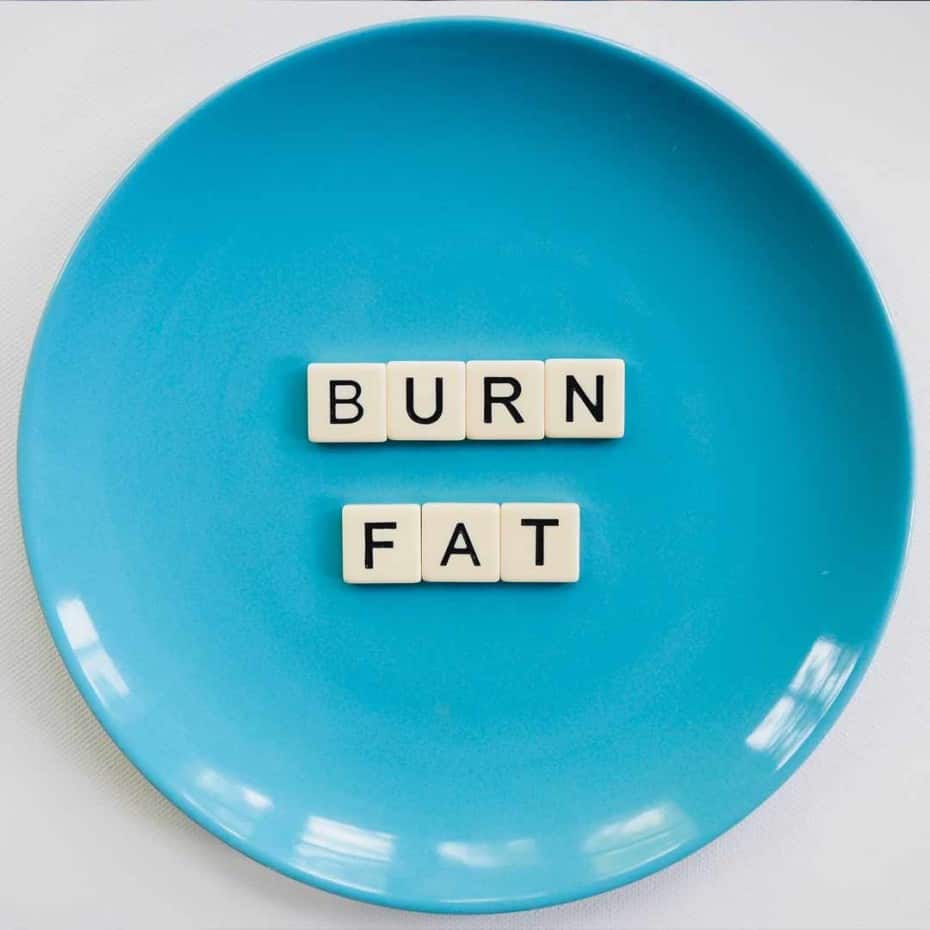Crafting a Successful Diet: Tailored Choices for Your Wellness Journey with Athletes Kitchen
Embarking on a new chapter in your wellness journey? As we embrace the new year, Athletes Kitchen is your guiding light towards a thriving lifestyle. Discover the key elements that make a diet triumphant, embracing diversity and customization. With an array of enticing meal plans, including the Elite, Athlete, Nu-Paleo, Classic Breakfast, Shredding, and Plant-Based options, your path to success is paved with options tailored just for you.
The Recipe for Nutritional Triumph
Uncover the essence of a triumphant diet, carefully curated by Athletes Kitchen. The ultimate secret is consistency—the diet you embrace wholeheartedly for the long haul. While numerous dietary avenues exist, from low carb to time-restricted eating, they all converge on one principle: a caloric deficit.
Rest assured, research demonstrates that, when calories and protein are equated, the allocation between carbs and fats matters less. The vital factor lies in creating a caloric deficit, ensuring a balanced energy intake.
Practical Implementation:
- Assess your dietary inclinations and align them with your current habits.
- Establish a caloric deficit tailored to your goals.
- Begin by tracking your current intake for a comprehensive understanding.
- Fine-tune your macros, adjusting calories, protein, carbs, and fats.
- Craft a meal plan, integrating familiar elements and gradually introducing modifications.
- Seek expert guidance from our Nutritionist, Diane, to sculpt a personalized diet plan.
Elevate Your Exercise Regimen
Just as with nutrition, crafting an exercise regimen hinges on sustainability and consistency. Athletes Kitchen champions the creation of an exercise routine that seamlessly integrates into your lifestyle, leading to enduring success.
Elevating your aerobic capacity and sculpting lean muscle extends beyond aesthetics. Endurance and resistance training foster longevity, enhance metabolic markers, and elevate overall well-being. The benefits span brain health, bone strength, disease prevention, and emotional equilibrium.
Dive into Strength Training Mastery
Embark on your strength training odyssey with insights from Athletes Kitchen. Sculpt your personalized strength training regimen, enveloping a synergy of diverse exercises to optimize your fitness journey.
Practical Implementation:
- Determine your workout frequency based on your fitness level—2-3x per week for beginners, 4-5x for intermediates, and more for advanced.
- Define your workout environment and available equipment.
- Align your regimen with specific goals, blending strength, endurance, mobility, flexibility, and stability exercises.
- Establish a foundation with essential movements for comprehensive muscle engagement.
- Distribute muscle groups across your regimen, ensuring balanced training.
- Commence with a beginner-friendly approach—2-3 sets of 10-12 reps for each exercise.
Embarking on your fitness odyssey? Stay tuned for our upcoming email, illuminating progressive workout strategies. Seeking guidance? Our Kinesiologist, Diane, is your dedicated partner in refining and advancing your exercise routine.
Did You Know?
Dive into the fascinating realm of energy expenditure. The thermic effect of food, contributing 8-15% of your daily energy expenditure, underscores protein’s potency. With the highest thermic effect at 20-30%, protein outshines fats (0-3%) and carbs (5-10%). Unveil the magic of efficient energy utilization, courtesy of Athletes Kitchen’s comprehensive insights.
Unlock a Universe of Wellness Insights
Immerse yourself in a cascade of knowledge, igniting your wellness journey with comprehensive guidance from Athletes Kitchen. Traverse through an array of enriching titles, encompassing
